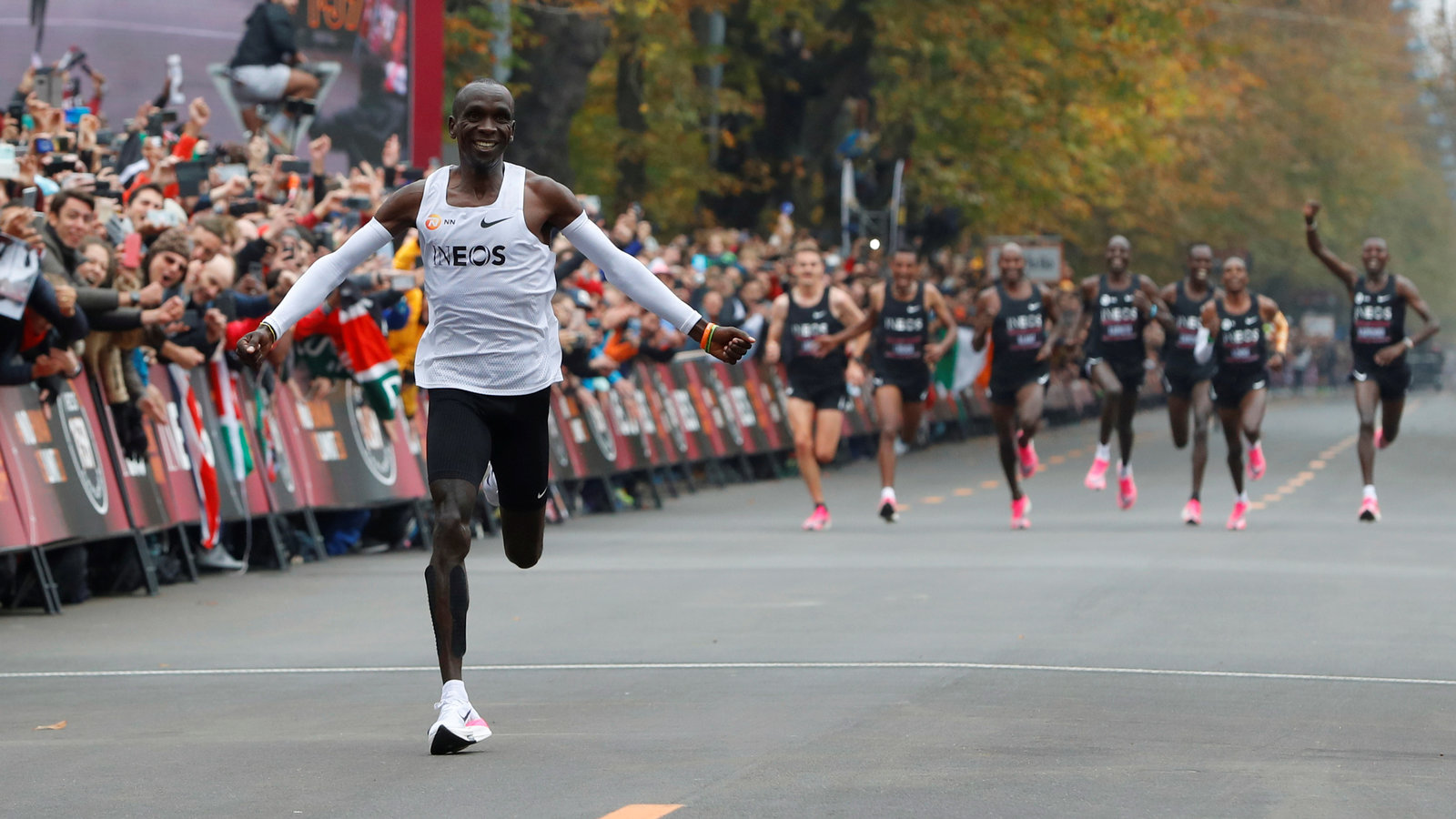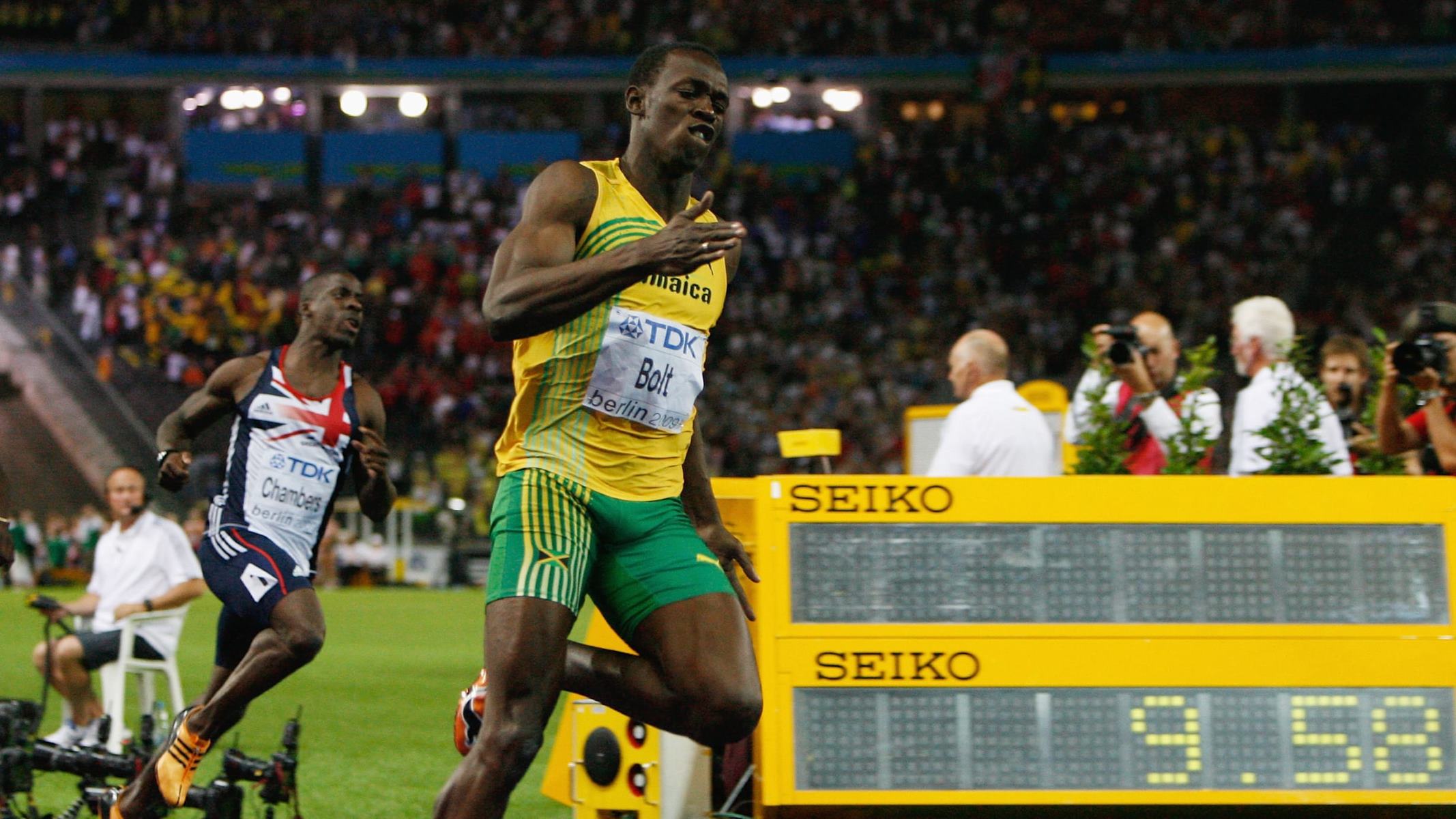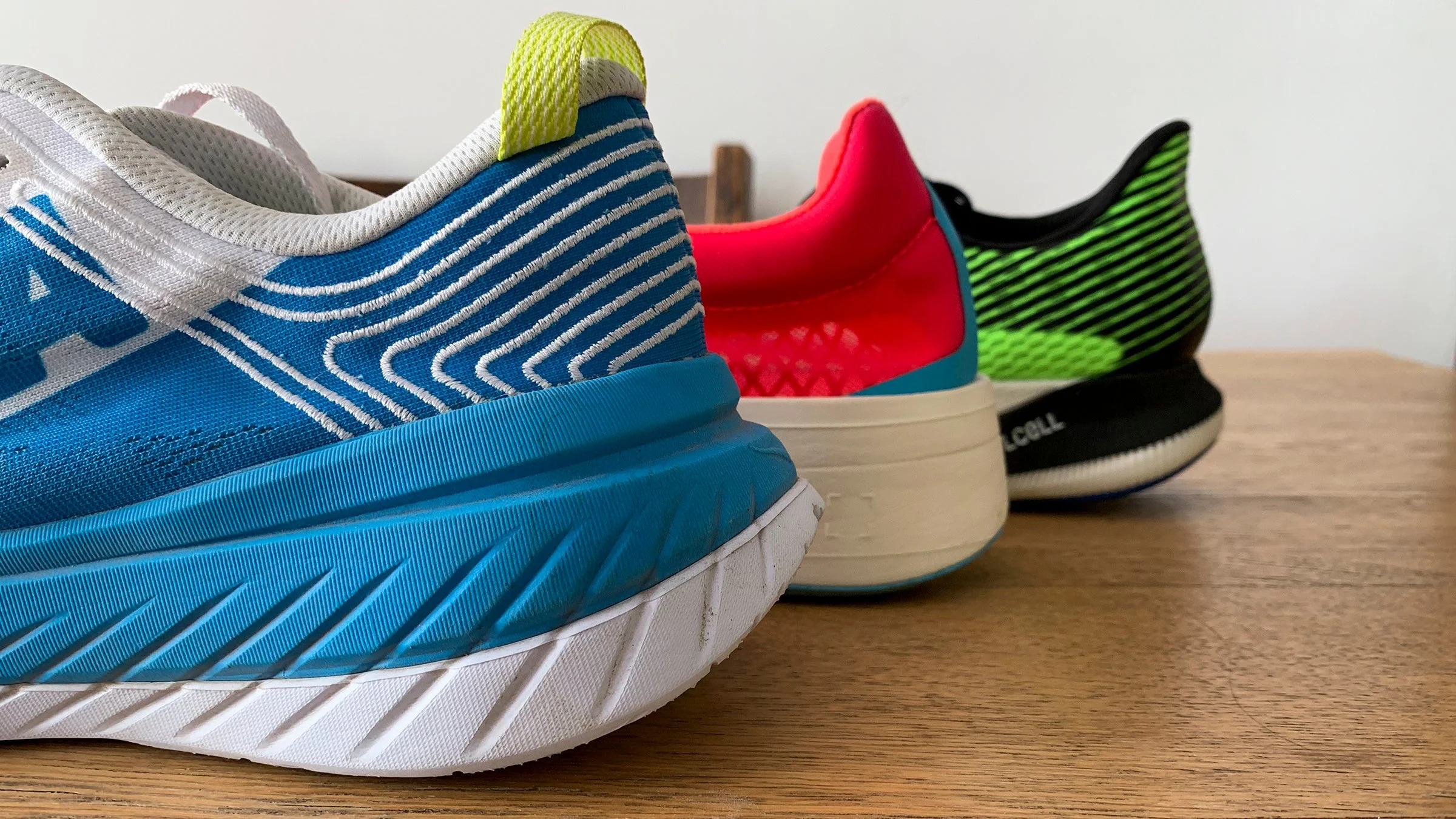Home>Shop by Feature>Design: Best Running Shorts>The Evolution of Running Shorts for the Modern Runner


Design: Best Running Shorts
The Evolution of Running Shorts for the Modern Runner
Modified: August 19, 2023
Explore the fascinating evolution of running shorts and their transformation to meet the needs of modern runners. From their humble beginnings to the latest innovations, this article delves into the history, design, and technology behind running shorts.
Running shorts have journeyed a long path of transformation and evolution. From their early rudimentary designs to the sophisticated technology-infused shorts we have today, running shorts have mirrored the advancement of the modern runner. This article will explore the timeline of this evolution, breaking down key transitions and the factors that influenced these changes.
The Starting Line: Origins of Running Shorts
In the early days of competitive running, the design of running shorts was driven by modesty rather than functionality. Early running shorts were long, made of cotton or wool, and provided minimal comfort to the runner. However, as the popularity of the sport grew, so did the need for more functional gear. Athletes and sportswear manufacturers began to experiment with different designs and materials to improve comfort and performance.
The Race Begins: Innovation in the 20th Century
The 20th century saw a surge in innovation, starting with the transition from cotton to synthetic materials. Shorts made of nylon or polyester offered greater flexibility and moisture control, greatly improving the runner’s comfort. The length of running shorts also began to reduce during this time, improving range of motion and reducing the weight of the garment.
Several key innovations during this time include:
- Introduction of Split Shorts: To improve mobility and ventilation, split shorts were introduced. These shorts featured a slit on either side, allowing greater freedom of movement.
- Built-in Underwear: To reduce the risk of chafing and improve comfort, some designs began incorporating built-in underwear. This feature also meant runners could wear fewer layers, improving comfort and reducing heat.
- Introduction of Pockets: The inclusion of pockets in running shorts came about as runners needed to carry essential items like keys, ID, and energy gels. These pockets were initially simple, but over time, they evolved to include zip closures, internal compartments, and even sweat-proof material.
The Sprint: Technological Advances in the 21st Century
The advent of the 21st century heralded an era of technology integration in sportswear. Advanced fabrics with sweat-wicking, breathable, and antimicrobial properties became common. Designers also experimented with various forms of ventilation, including mesh panels and laser cut-outs.
Notable technological advancements include:
- Reflective Elements: With the rise in popularity of early-morning and late-night runs, safety became a significant concern. As a result, running shorts began incorporating reflective elements to increase visibility.
- Compression Technology: Compression shorts came into vogue, offering improved blood circulation and muscle support, potentially boosting performance and reducing recovery time.
- Smart Shorts: In the era of wearable technology, the integration of smart features in running shorts emerged. Some designs featured integrated fitness trackers, offering feedback on performance metrics such as distance, pace, and heart rate.
Crossing the Finish Line: The Future of Running Shorts
While it is difficult to predict the future with certainty, one thing remains clear: the evolution of running shorts is far from over. We can anticipate advancements in fabric technology, providing improved comfort and performance across diverse weather conditions. There will also be a growing emphasis on sustainability, with more brands incorporating eco-friendly materials and processes in their production.
Conclusion
From basic cotton designs to technologically advanced smart shorts, running shorts have significantly evolved to meet the demands of the modern runner. As technology continues to advance, we can look forward to more innovations that will further enhance comfort, functionality, and sustainability. The journey of running shorts truly reflects the spirit of running itself – constantly moving forward.
Frequently Asked Questions
How have running shorts evolved over the years?
Running shorts have evolved from basic, long, cotton or wool shorts to advanced, synthetic material shorts with features like sweat-wicking, breathability, and smart capabilities. The design has become more functional, with features such as split sides, built-in underwear, and pockets.
What technological advancements have been made in running shorts?
Technological advancements include synthetic, breathable, and sweat-wicking materials, reflective elements, compression technology, and integrated smart features.
What are some future trends in running shorts?
Future trends may include advancements in fabric technology for comfort across diverse weather conditions and an emphasis on sustainable materials and production processes.
Why are there built-in underwear in some running shorts?
Built-in underwear in running shorts helps reduce the risk of chafing and increases comfort. It also allows runners to wear fewer layers, reducing heat and increasing comfort.
What are the benefits of pockets in running shorts?
Pockets in running shorts allow runners to carry essential items like keys, ID, and energy gels. Furthermore, over time, these pockets have evolved to include features like zip closures, internal compartments, and sweat-proof materials.









